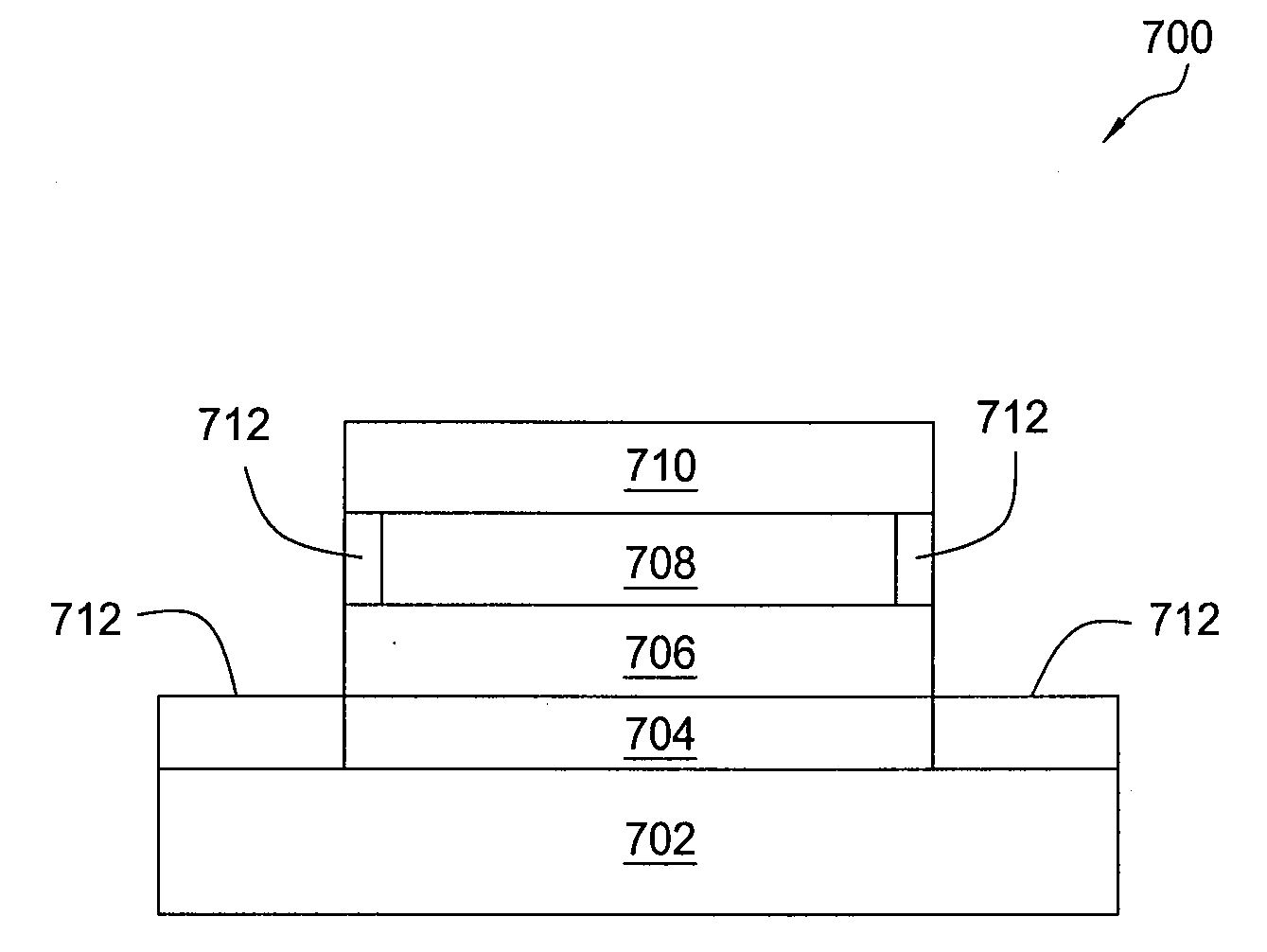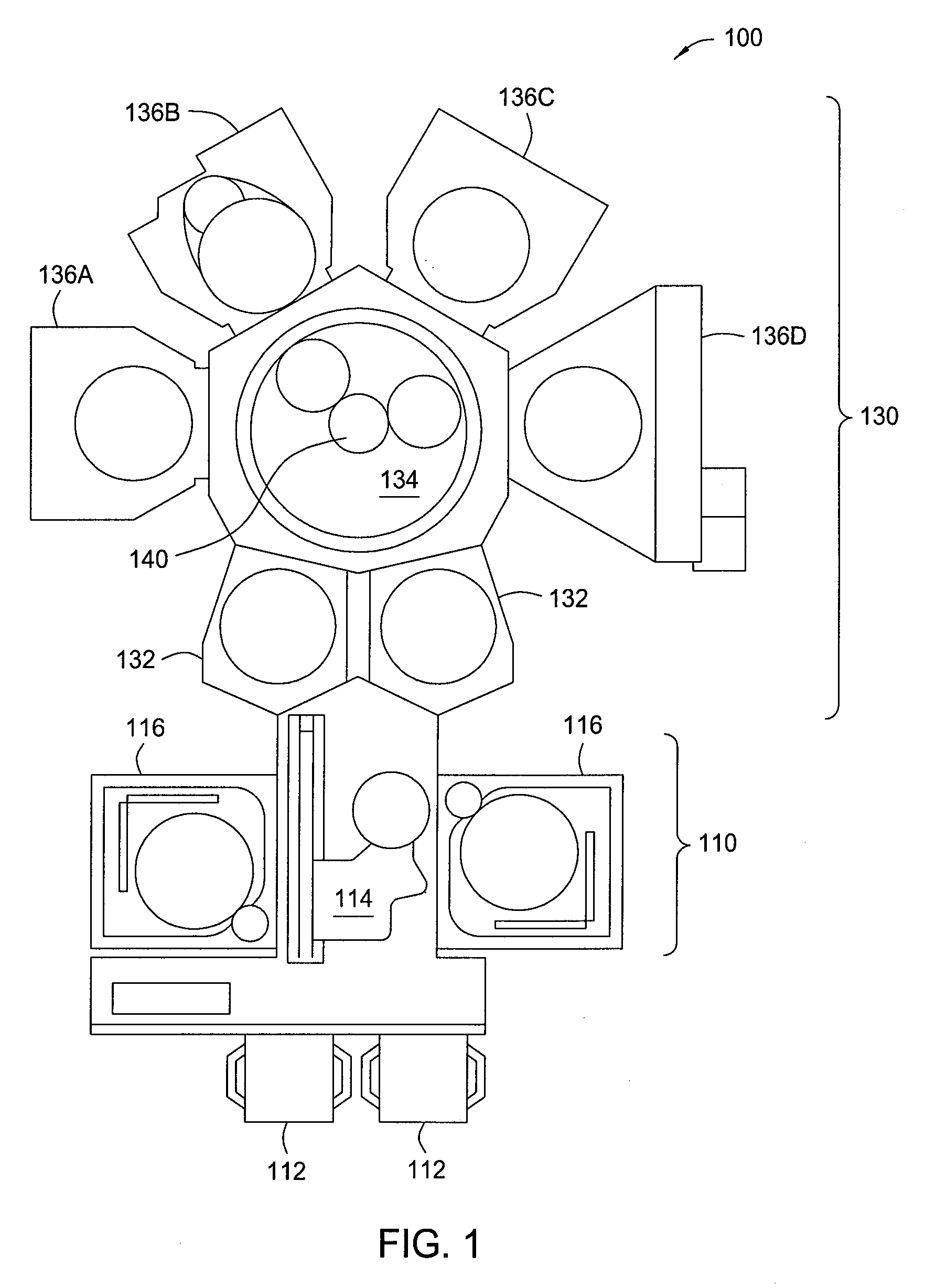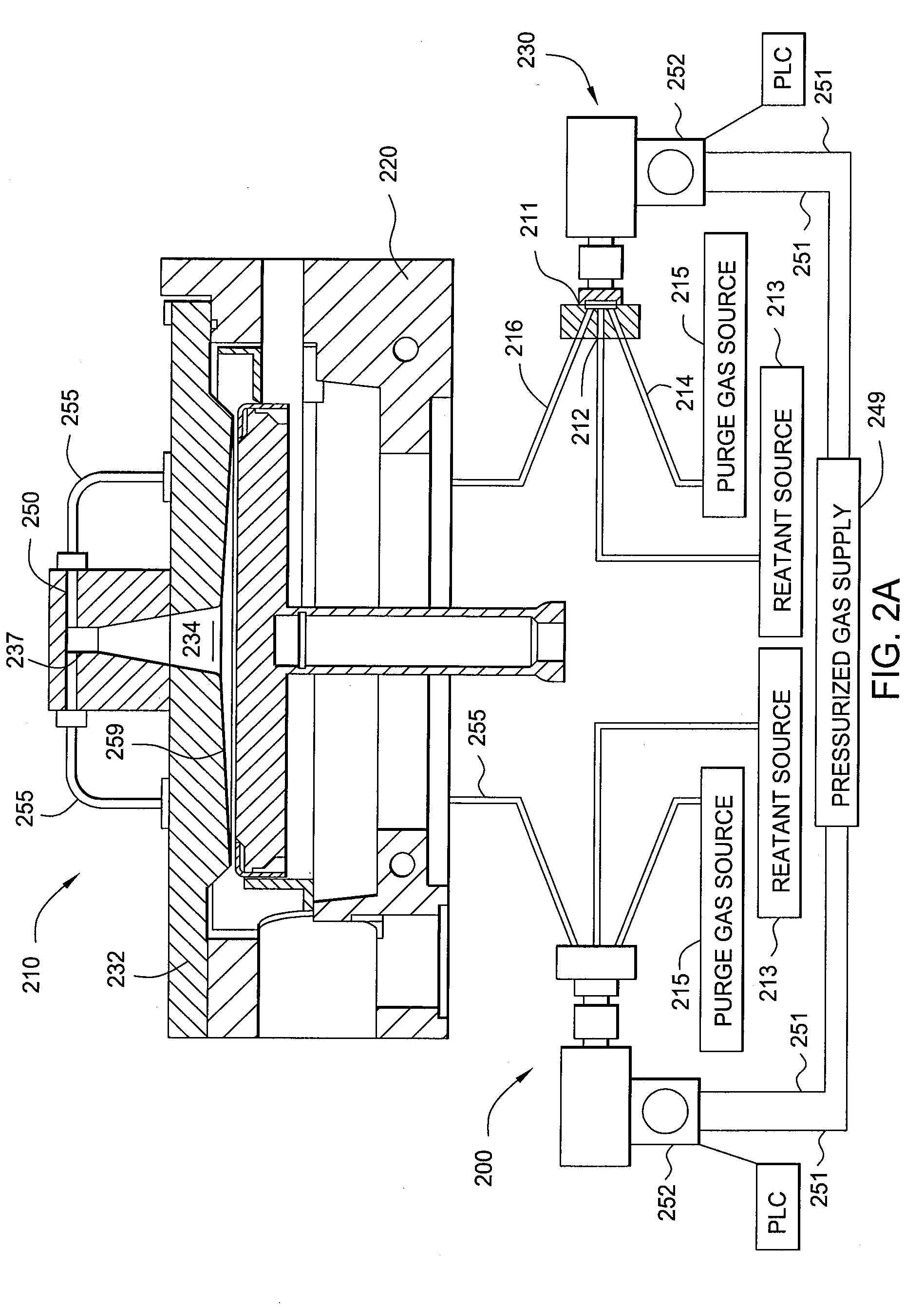Plasma and thermal anneal treatment to improve oxidation resistance of metal-containing films
a metal-containing film and thermal anneal treatment technology, which is applied in the direction of coatings, chemistry apparatuses and processes, other domestic articles, etc., can solve the problems of lacked accessible or tunable electronic properties of materials used for gate electrodes, dielectric layers to become conductive, and tantalum materials only being scarcely used for metal gate electrode formation
- Summary
- Abstract
- Description
- Claims
- Application Information
AI Technical Summary
Benefits of technology
Problems solved by technology
Method used
Image
Examples
example 1
[0091]Metal Nitride film densification. An atomic layer deposited tantalum nitride layer from an organometallic tantalum precursor and ammonia precursor was observed to have a deposition thickness of 80 Å. The deposited tantalum nitride layer may be deposited by any atomic layer process including process described herein or as described in U.S. Pat. No. 7,211,508, issued on May 1, 2007, which is incorporated by reference to the extent not inconsistent with the disclosure and claim aspects herein.
[0092]The deposited ALD tantalum nitride layer was exposed to a thermal anneal at 800° C. and 1000° C. while supplying nitrogen gas to the processing chamber at a flow rate of about 10000, sccm, heating the substrate for a period of 30 seconds, and maintaining a chamber pressure of about 100 Torr. The anneal layer was observed to have a thickness of about 65 Å at 800° C. and a thickness of about 59 Å at 1000° C. The tantalum atomic percentage for the deposited layer was observed to be about ...
PUM
| Property | Measurement | Unit |
|---|---|---|
| Temperature | aaaaa | aaaaa |
| Temperature | aaaaa | aaaaa |
| Temperature | aaaaa | aaaaa |
Abstract
Description
Claims
Application Information
 Login to View More
Login to View More - Generate Ideas
- Intellectual Property
- Life Sciences
- Materials
- Tech Scout
- Unparalleled Data Quality
- Higher Quality Content
- 60% Fewer Hallucinations
Browse by: Latest US Patents, China's latest patents, Technical Efficacy Thesaurus, Application Domain, Technology Topic, Popular Technical Reports.
© 2025 PatSnap. All rights reserved.Legal|Privacy policy|Modern Slavery Act Transparency Statement|Sitemap|About US| Contact US: help@patsnap.com



